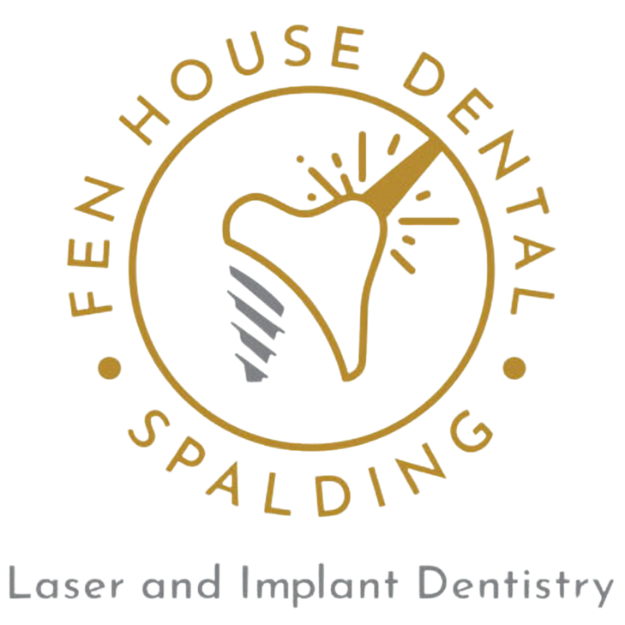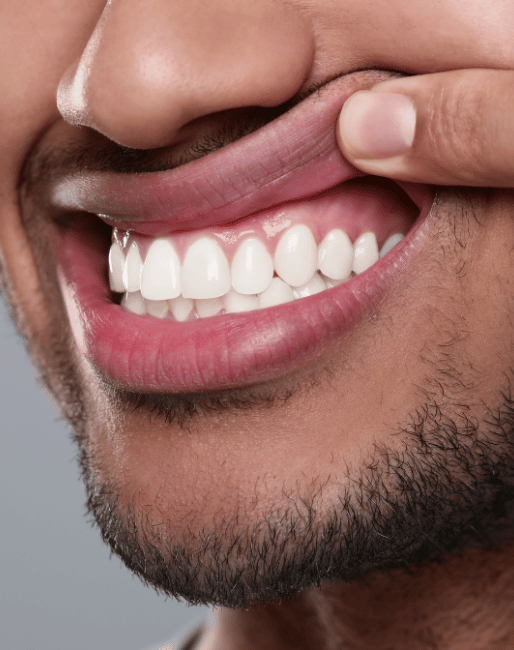A dental bridge is a permanent appliance that replaces a missing tooth or teeth.
Dental bridges are an alternative to partial dentures. They consist of several pieces that fit into the open space where your tooth (or teeth) used to be. A bridge can help you eat and speak better and improve the appearance of your teeth.
Bridges can be made of ceramic, resin, porcelain, or metals like cobalt and gold. Ceramic is a top choice when replacing front teeth. It mimics the translucency of natural teeth and can be matched to your natural colour.
Types of dental bridges
The artificial teeth used in dental bridges are called pontics. You’ll have a pontic for each missing tooth. A pontic is made to be close in shape and size to the missing tooth.
- Traditional fixed bridges are the most common type of bridge. It includes a crown on either side of the pontic(s).
- Maryland dental bridges or resin-bonded bridges are often used to replace front teeth. Instead of crowns, this type of dental bridge uses porcelain or metal frameworks with “wings” that are bonded to the back of your teeth on either side of the gap.
- Implant-supported bridges use an implant for each missing tooth that is surgically embedded into your jawbone during a surgical procedure. The bridge has the pontics in it, which will be put over them in a second procedure.
- Cantilever bridges are no longer commonly used. When only one side of the gap has a natural tooth, the pontic(s) are anchored by a single crown on that natural tooth.
Dental bridge vs. dental implant
A dental bridge sits atop the gums and is anchored to a crown on its neighbouring teeth. An implant is mounted on a screw attached to the jaw bone. Bridges are faster, easier to complete, less expensive, and often covered by insurance. Implants require a surgical procedure and take several months to finish, but they look more natural and last longer than bridges. Pontics are anchored to a tooth next to the gap (abutment teeth) or to a dental implant.
Benefits of dental bridges
Dental bridges can provide many benefits, including:
- Giving your mouth and smile a natural look.
- Restoring your ability to speak normally, as missing teeth can make it hard to pronounce words (enunciate).
- Maintaining normal facial structure by preventing bone loss from the jaw at the site of the missing tooth/teeth.
- Helping you chew food better.
- Preventing adjacent teeth from moving into the empty space, which can cause problems with your bite and other complications.
Risks of dental bridges
Dental bridges do have some disadvantages and potential risks that you should be aware of, including:
- Future damage to the abutment teeth can compromise the bridge.
- Bacteria and plaque can get inside a bridge or crown that does not fit well and cause tooth decay.
- Crowns can change the structure of your teeth and affect your bite.
- A bridge can collapse if the abutment teeth are not strong enough to support it.
- Abutment teeth can be weakened by the procedure(s) and may have to be replaced by dental implants.
How to make your dental bridge last
Good oral hygiene is important if you have a dental bridge because you want to keep your remaining teeth strong and healthy.
Having good oral health is also important if you want your bridge to last as long as possible. Just as you do for your natural teeth, you should brush and floss your bridge at least twice daily. Your dentist or dental hygienist will show you how to properly floss and clean around your bridge.
Dietary changes
Right after your bridge is placed, you will need to be very careful about what you eat as your mouth is healing. Your dentist will give you specific instructions to follow during that time. In the long term, certain foods can cause problems for dental bridges or abutment teeth. If you want your bridge to last and avoid damaging it, you must avoid these foods.
Foods you should avoid if you have a dental bridge include:
- Chewy/sticky candy (it can pull crowns off the abutment teeth).
- Hard candy or snacks.
- Sugary foods (it can cause tooth decay under the crowns).
- Popcorn.
- Nuts.











